Is the coolant consumption in the heating system too high? Calculation formula
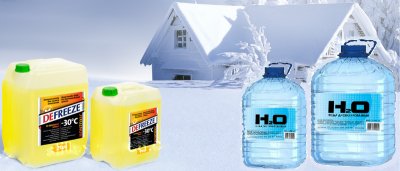
Liquids and gases can act as heat carriers for the heating system.
Usually as a heat carrier for the heating system of a private house or apartment water, ethylene or propylene glycol are used.
It must meet certain requirements.
Requirements for the coolant in the heating system
Eat 5 points, which must be observed:
- high rate heat transfer;
- low viscosity, while the fluidity is standard (like water);
- low expandability at cooling down;
- absence toxicity;
- low cost.
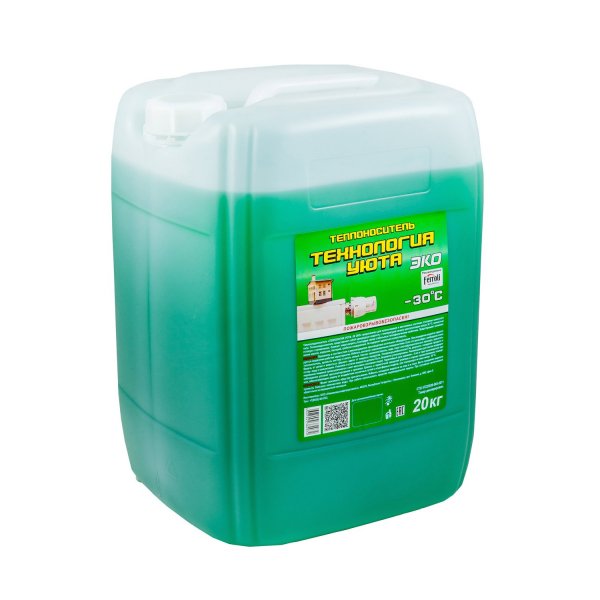
Photo 1. Heat carrier Eco-30 based on propylene glycol, weight 20 kg, manufacturer - "Technology of Comfort".
To make a choice, it is recommended to contact to a professional plumber, which will help you make calculations and select the appropriate coolant.
How to calculate consumption
The value represents the amount of coolant in kilograms, which is spent per second. It is used to transfer temperature to the room through radiators. For calculation it is necessary to know the boiler consumption, which is spent on heating one liter of water.
Formula:
G = N / Q, Where:
- N — boiler power, Tue.
- Q - warmth, J/kg.
The quantity is translated in kg/hour, multiplying by 3600.
Formula for calculating the required volume of liquid
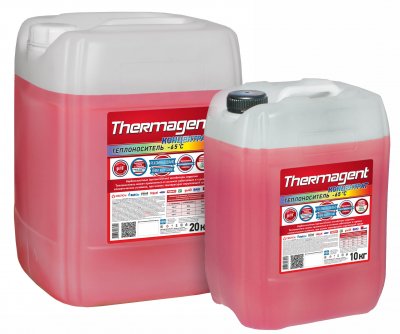
Refilling of pipes is required after repair or rebuilding of the piping. To do this, find the amount of water needed by the system.
Usually it is enough to collect passport data and add them together. But you can also find it manually. For this calculate the length and cross-section of the pipes.
The numbers are multiplied and added to the batteries. Volume of sections the radiator is:
- Aluminum, steel or alloy - 0.45 l.
- Cast iron - 1.45 l.
There is also a formula by which you can roughly determine the total amount of water in the harness:
V = N * VkW, Where:
- N — boiler power, Tue.
- VkW — the volume that is sufficient to transfer one kilowatt of heat, dm3.
This only allows us to calculate an approximate number, so It's better to check the documents.
For a complete picture, you also need to calculate the volume of water contained by other components of the piping: expansion tank, pump, etc.
Attention! Especially important tank: He compensates for pressure, which increases due to the expansion of the liquid when heated.
First of all, you need to decide on the substance to be used:
- water has an expansion coefficient 4%;
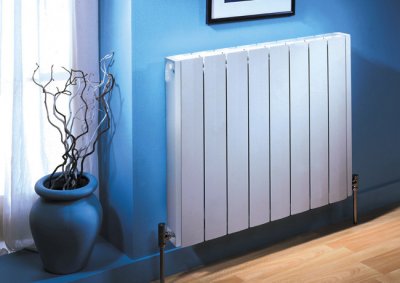
- ethylene glycol — 4.5%;
- other liquids are used less frequently, so the data should be looked up in a reference table.
Formula for calculation:
V = (Vs * E)/D, Where:
- E — the coefficient of expansion of the liquid, indicated above.
- Vs — estimated consumption of the entire piping, m3.
- D — tank efficiency, indicated in the device passport.
Having found these values, they need to be summed up. Usually it turns out four volume indicators: pipes, radiators, heater and tank.
Using the data obtained, it is possible to create a heating system and fill it with water. The filling process depends on the scheme:
- "On its own" is performed from the highest point of the pipeline: a funnel is inserted and the liquid is released. This is done slowly, evenly. First, a tap is opened at the bottom and a container is placed underneath. This helps to avoid the formation of air locks. It is used if there is no forced current.
- Forced — requires a pump. Any will do, although it is better to use a circulation one, which is then used in heating. During the process, you need to take readings from the pressure gauge to avoid pressure increase. And also be sure to open the air valves, which helps with gas release.
How to calculate the minimum flow rate of coolant
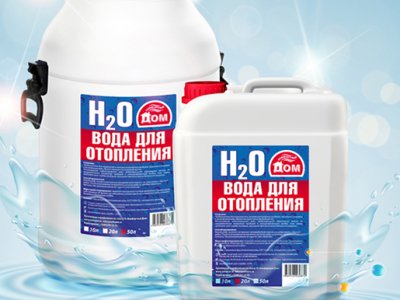
Calculated in the same way as liquid costs per hour for heating the premises.
It is found in the break between heating seasons as a number depending on hot water supply. There is two formulas, used in calculations.
If in the system there is no forced circulation of hot water, or it is disabled due to the periodicity of operation, then the calculation is performed taking into account average consumption:
Gmin = $ * Qgsr / [(Tp — Tob3)*C], Where:
Qgsr — the average value of heat transferred by the system per hour of work during the non-heating season, J.
$ — the coefficient of change in water consumption in summer and winter. It is taken to be equal to 0.8 or 1.0.
Tp — supply temperature.
Tob3 — in the return line when the heater is connected in parallel.
C — the heat capacity of water is taken to be equal to 10-3, J/°C.
The temperatures are taken to be equal respectively 70 and 30 degrees Celsius.
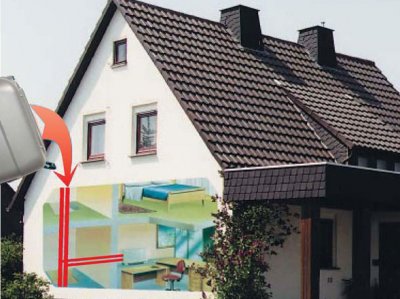
If there is forced DHW circulation or taking into account water heating at night:
Gmin = Qcg / [(Tp — Tob6)*C], Where:
Qcg — heat consumption for heating the liquid, J.
The value of this indicator is taken equal to (Ktp * Qgsr) / (1 + Ktp), Where Ktp — the coefficient of heat loss through pipes, and Qgsr — average power consumption for water per hour.
Tp — serving temperature.
Tob6 — return flow, measured after the boiler, circulating liquid through the system. It is equal to five plus the minimum permissible at the point of water intake.
Experts take the numerical value of the coefficient Ktp from the following table:
| Types of DHW systems | Loss of water by the coolant | |
| Taking into account heating networks | Without them | |
| With insulated risers | 0.15 | 0,1 |
| With insulation and heated towel rails | 0.25 | 0.2 |
| Without insulation, but with dryers | 0.35 | 0.3 |
Important! You can find more information about the calculation of the minimum consumption in building codes and regulations 2.04.01-85.
Useful video
Check out the video to see how to fill the system after calculations.
Number of parameters taken into account
When calculating, not only the length, cross-section of pipes and the number of radiator sections are taken into account, but also other elements used in the piping. For calculations should be invited plumbing specialist, which will help you choose the type of coolant and, if necessary, fill it.





